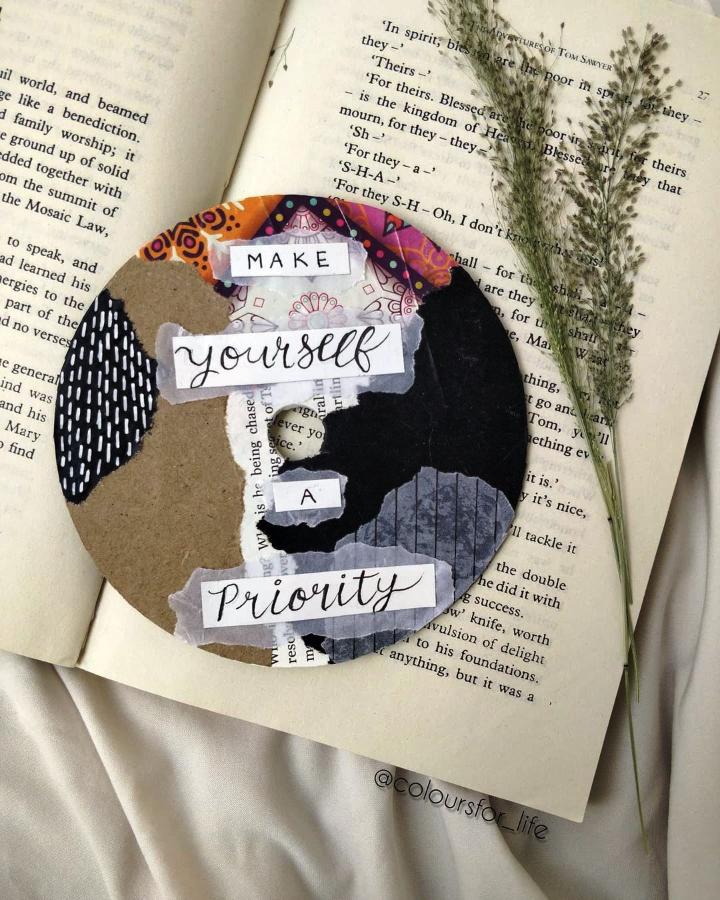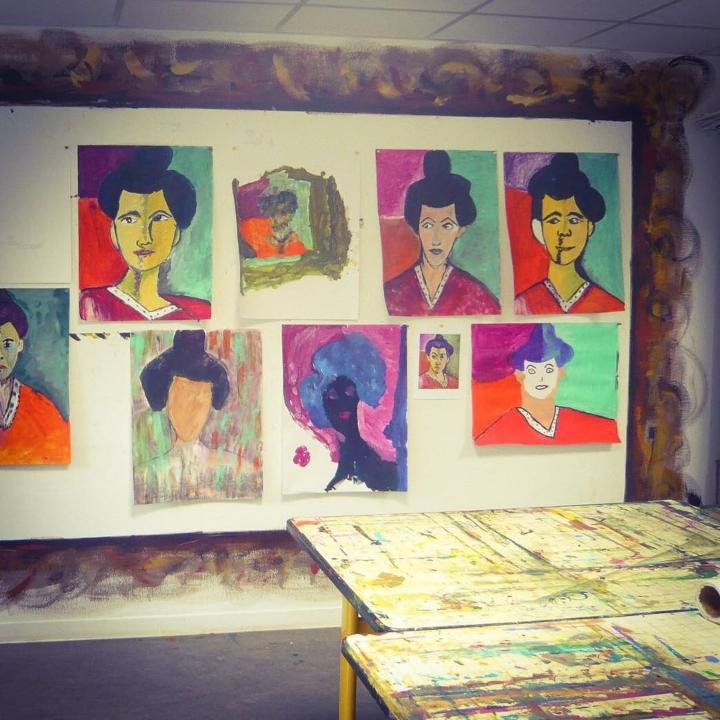You may have heard of art therapy recently. It is a method that has been gaining in popularity as a legitimate therapeutic strategy. It is commonly used with teens because it can be a way for them to express themselves. It can also be a healthy outlet for negative emotions that are difficult to manage or cope with.
Art therapy is a common method used with teens in therapy. This is because many teens find it easier to express themselves with art. If you are wondering if your teen is struggling with depression, but are not sure if they may be acting like a normal teenager, you can check out this article about the signs to look out for: https://www.betterhelp.com/advice/teenagers/what-signs-of-depression-in-teens-should-i-look-out-for/
Creativity and art therapy can help to alleviate stress and improve self-esteem. There are different types of art therapy and different therapists use different techniques and methods. However, it is also good to know what art therapy is and how it can help.

What is Art Therapy?
Art therapy is a therapy that encourages the creative process as a method to achieving treatment goals, improving cognitive skills, promoting healthy self-esteem, and enhancing communication skills.
Art therapy often focuses on the visual arts, but it is not limited to drawing, painting, crafting, and sculpting. There are also different types of creative therapy that revolve around music, dance, or writing.
While art therapy is quite common for children and teenagers, it can also be an effective method for adults. Art therapy can use collaging, painting, drawing, coloring, or even photography as part of the therapeutic creative process.
What is Art Therapy Used For?
Art therapy can be effective for a number of different mental health conditions. Creativity can be great for mood and stress levels and can be extremely beneficial when combined with other therapeutic methods. Studies show that art therapy can be effective for a wide range of different conditions, but there may still be limited data on some mental health disorders.
Just an hour or less of creative activity can reduce stress and positively impact well-being. Plus, you do not have to have any art or craft experience for art therapy to be beneficial to your mental health. For teens, they may find that they better express themselves through art than they do verbally. They may also find that they enjoy artistic activities and that it brings positivity or meaning into their lives.
There is also evidence that art therapy could be good for increased stress, anxiety, or depression caused by trauma or abuse. In addition, it may help teens with behavioral or social problems both at home and at school. In fact, it could even help children or teens that have learning disabilities or brain injuries.
But what are the different types and what do they actually involve? This is an important question to ask whether you are researching art therapy for yourself or for your child or teen.

Collage
Collages are often a part of art therapy and often use paper, magazines, and other materials to make a creation that can be expressive of underlying mental health problems. Therapists may choose to use this because it does not require any knowledge of drawing or other artistic abilities. Plus, what else are they going to do with all those waiting room magazines?
Journaling
Journaling is a method used in many different types of therapy, but it can also be a component of art therapy. This can be beneficial for those who like to write more than they like to draw. Journaling can help to gain perspective on problems and to identify triggers or negative thought patterns. It is also something you can do on your own that may be beneficial to your mental health.
Photography
Photography is another creative outlet used in art therapy. Photography therapy can involve talking about the pictures that you take or the feelings that you have when taking them or even just when you look at them. A therapist may even have you take pictures of things that you think of when you feel certain emotions or think certain thoughts, both positive and negative.
Sculpting
Sculpting is another common method used in art therapy because it can be beneficial for nonverbal or kinetic communicators. While sometimes people with these types of personalities have trouble making eye contact or talking throughout a therapy session, sculpting can keep their hands active while they talk and can reduce the tension in the room. A therapist may ask you or your teen to sculpt a certain idea or emotion, or they may just have their client sculpt whatever they want while participating in talk therapy.
Music
While music therapy is often considered a separate type of therapy, it is still a therapy that involves the creative process. Some therapists may just have relaxing music playing in the background while they encourage you to participate in different artistic activities. Other times, dancing can be utilized as a form of nonverbal expression or songwriting and instruments can be used for creative expression or emotional identification.
Mask Making
Most people put on masks when they are in different social situations. But this is a different kind of mask because it is literally an artistic mask. A teen may be asked to create two masks. One would be the way they feel or their own personal identity. The other mask could be the way they portray themselves to the outside world or on social media. Then, they would be encouraged to speak about the differences and similarities between them.
Drawing and Painting
By far the most common art therapy method is drawing or painting. This is even used by therapists who are not specifically art therapists. Drawing is a great way to express yourself and it can also change over time. We picture different challenges and emotions differently and sometimes it can put those feelings into perspective when we get it out onto paper.
Conclusion
Art therapy is getting more and more popular, and research shows that it can be a very effective method for children, teens, and adults. There are also several different types and you do not have to have any artistic background or skill to participate and benefit from art therapy sessions. While it may not be for everyone, it is definitely something to consider if you are looking into therapy.
Marie Miguel Biography
 Marie Miguel has been a writing and research expert for nearly a decade, covering a variety of health-related topics. Currently, she is contributing to the expansion and growth of a free online mental health resource with BetterHelp.com. With an interest and dedication to addressing stigmas associated with mental health, she continues to specifically target subjects related to anxiety and depression.
Marie Miguel has been a writing and research expert for nearly a decade, covering a variety of health-related topics. Currently, she is contributing to the expansion and growth of a free online mental health resource with BetterHelp.com. With an interest and dedication to addressing stigmas associated with mental health, she continues to specifically target subjects related to anxiety and depression.




